- Have any questions?
- +86-189 8930 5995
- sales@mosinterchem.com.cn
Alizarin Red CAS 130-22-3

Potassium chromate CAS 7789-00-6
21/12/2018
Fluorescein disodium salt CAS 518-47-8
21/12/2018| Model: | MOS 130-22-3 |
| Brand Name: | MOSINTER |
| CAS No.: | 130-22-3 |
| Purity: | 99 |
| Appearance: | Orange powder |
| Water insoluble %≤: | 0.5 |
| Moisture %≤: | 5 |
Alizarin Red (CAS:130-22-3)
| Item | Index |
| Appearance | Orange powder |
| Moisture %≤ | 5 |
| Water insoluble %≤ | 0.5 |
Alizarin or 1,2-dihydroxyanthraquinone (also known as Mordant Red 11 and Turkey Red) is an organic
compound with formula C14H8O4 that has been used throughout history as a prominent red dye, principally
for dyeing textile fabrics. Historically it was derived from the roots of plants of the madder genus. In 1869,
it became the first natural pigment to be duplicated synthetically.
Alizarin is the main ingredient for the manufacture of the madder lake pigments known to painters as Rose
madder and Alizarin crimson. Alizarin in the most common usage of the term has a deep red color, but the
term is also part of the name for several related non-red dyes, such as Alizarine Cyanine Green and Alizarine
Brilliant Blue. A notable use of alizarin in modern times is as a staining agent in biological research because it
stains free calcium and certain calcium compounds a red or light purple color. Alizarin continues to be used
commercially as a red textile dye, but to a lesser extent than 100 years ago.
Structure and properties
Alizarin is one of ten dihydroxyanthraquinone isomers. Its molecular structure can be viewed as being derived
from anthraquinone by replacement of two neighboring hydrogen atoms (H) by hydroxyl groups (-OH).
It is soluble in hexane and chloroform, and can be obtained from the latter as red-purple crystals, m.p. 277–278 °C.
Alizarin changes color depending on the pH of the solution it is in, thereby making it a pH indicator.
Applications
Alizarin Red is used in a biochemical assay to determine, quantitatively by colorimetry, the presence of calcific
deposition by cells of an osteogenic lineage. As such it is an early stage marker (days 10–16 of in vitro culture)
of matrix mineralization, a crucial step towards the formation of calcified extracellular matrix associated with
true bone.[citation needed]
Alizarin’s abilities as a biological stain were first noted in 1567, when it was observed that when fed to animals,
it stained their teeth and bones red. The chemical is now commonly used in medical studies involving calcium.
Free (ionic) calcium forms precipitates with alizarin, and tissue block containing calcium stain red immediately
when immersed in alizarin. Thus, both pure calcium and calcium in bones and other tissues can be stained.
The process of staining calcium with alizarin works best when conducted in basic solution.
In clinical practice, it is used to stain synovial fluid to assess for basic calcium phosphate crystals. Alizarin
has also been used in studies involving bone growth, osteoporosis, bone marrow, calcium deposits in the
vascular system, cellular signaling, gene expression, tissue engineering, and mesenchymal stem cells.
In geology, it is used as a stain to indicate the calcium carbonate minerals, calcite and aragonite.
You must be logged in to post a review.

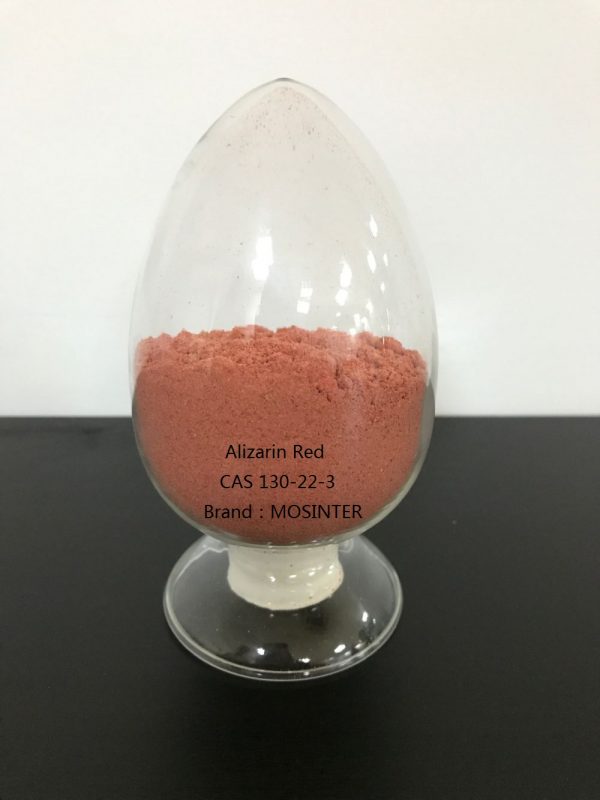
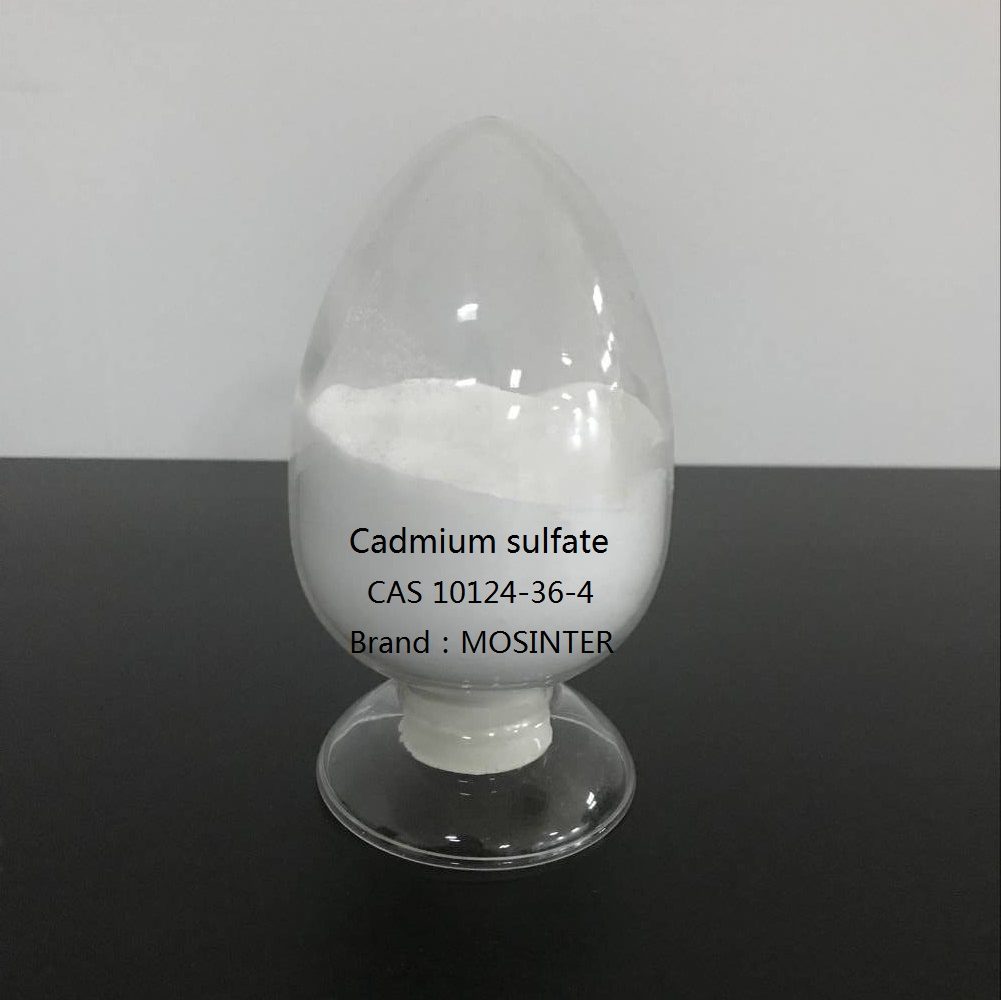
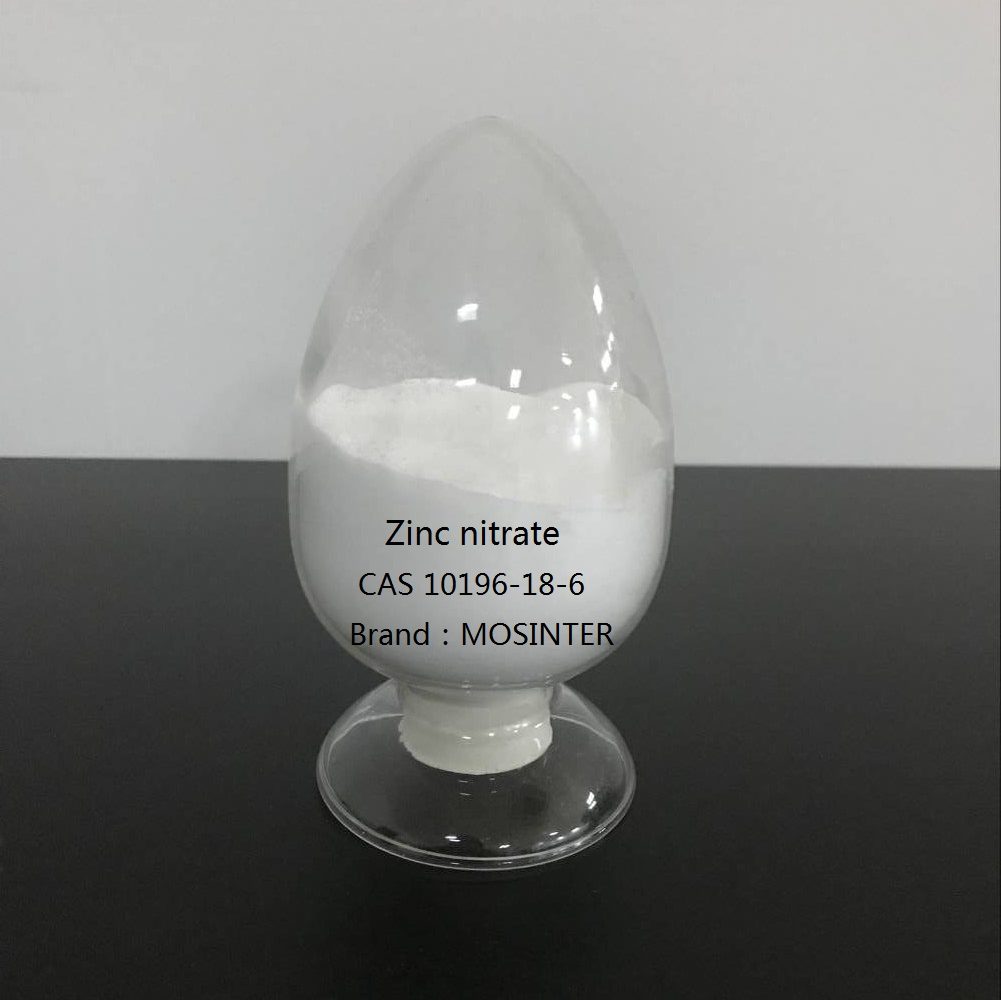
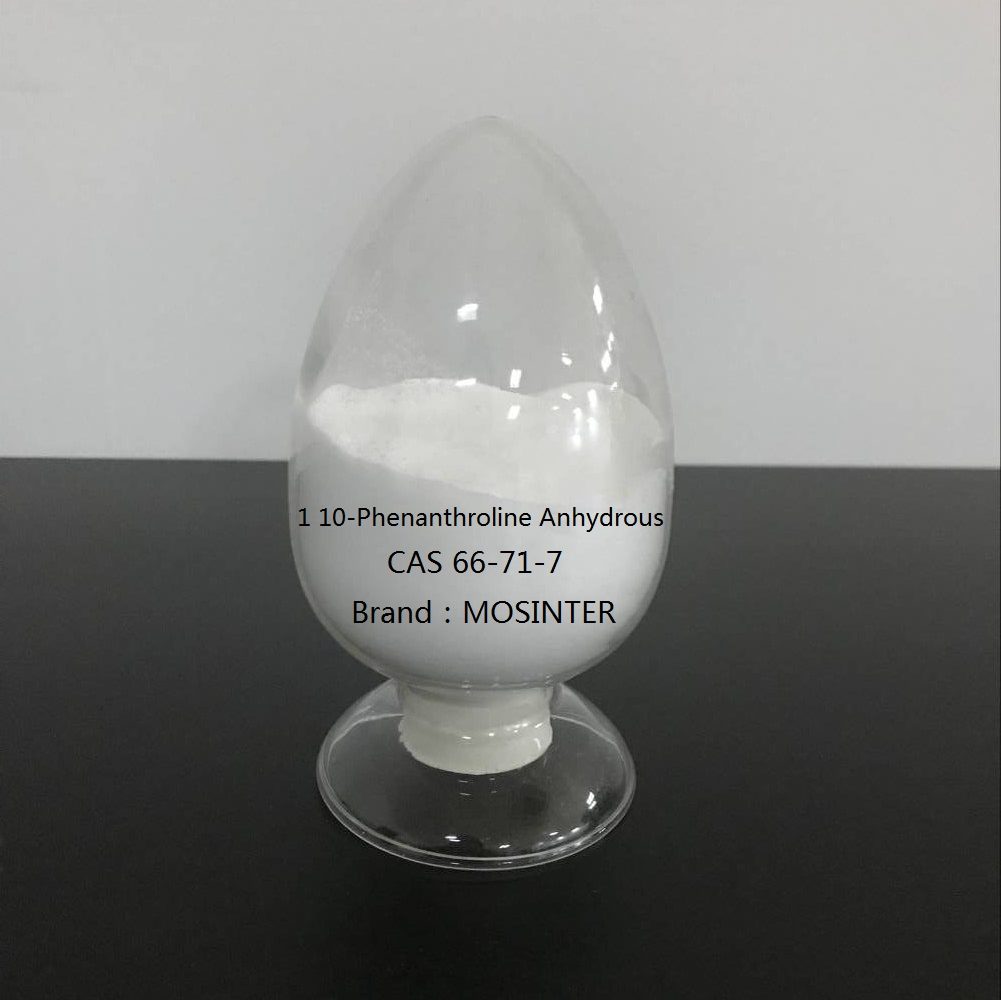
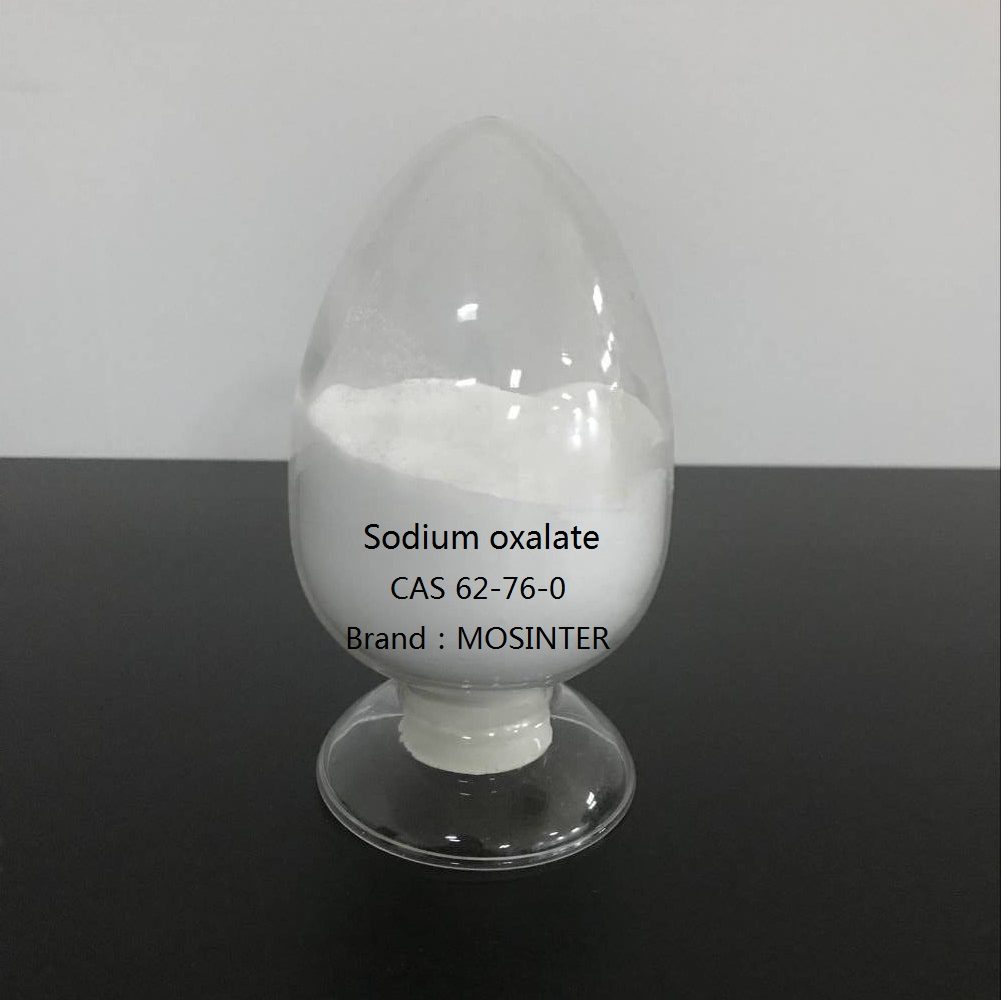
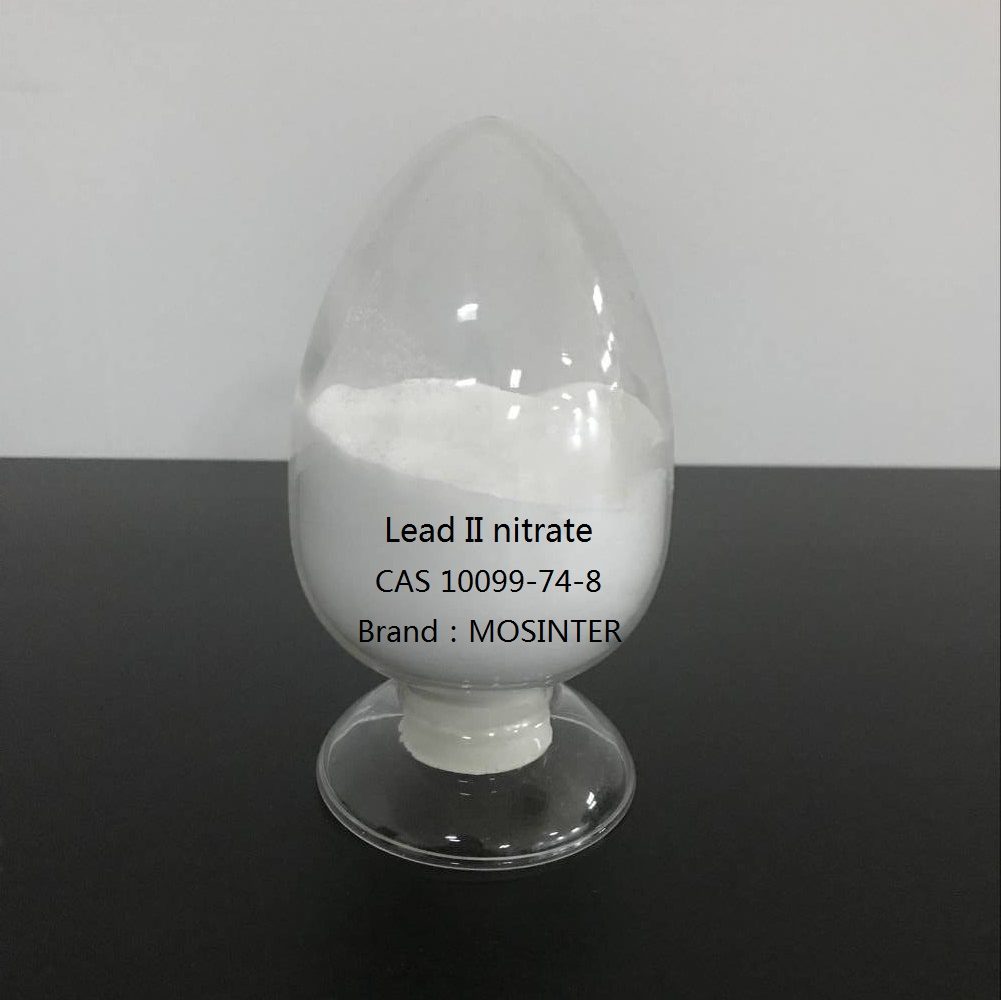
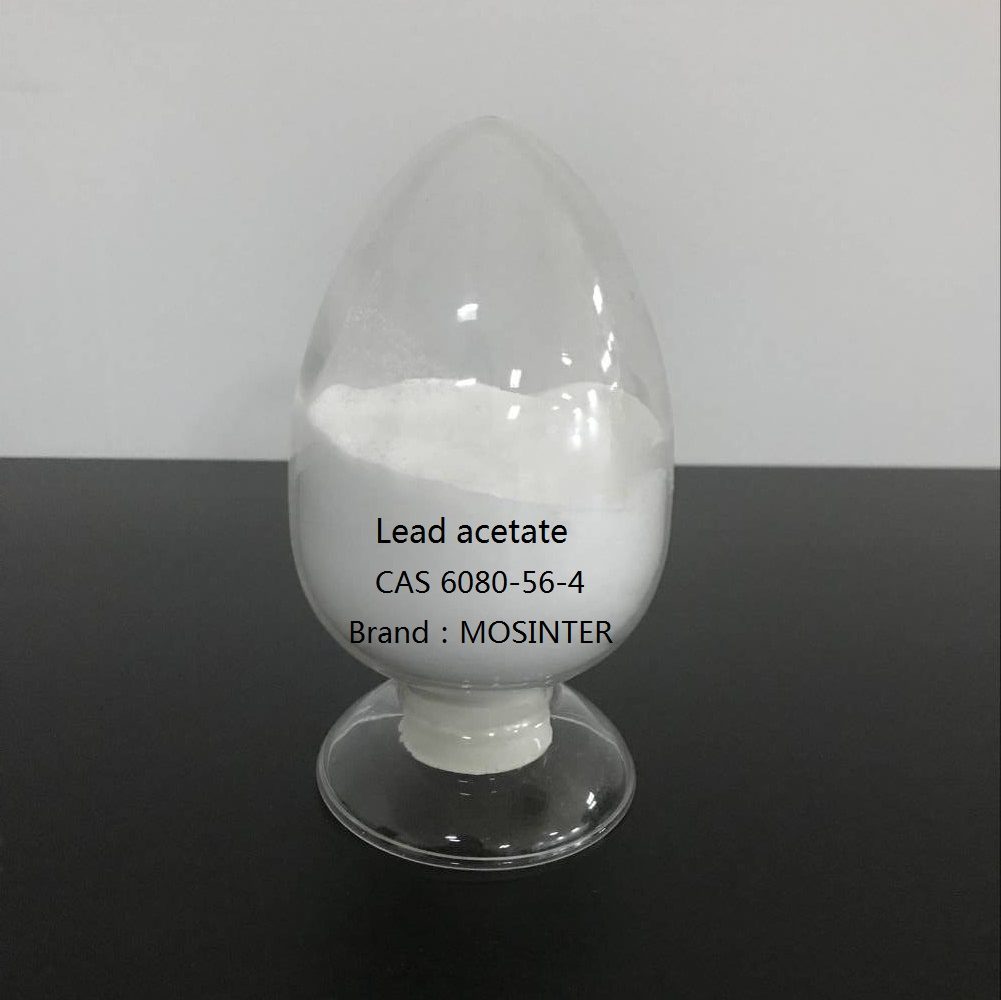
Reviews
There are no reviews yet.